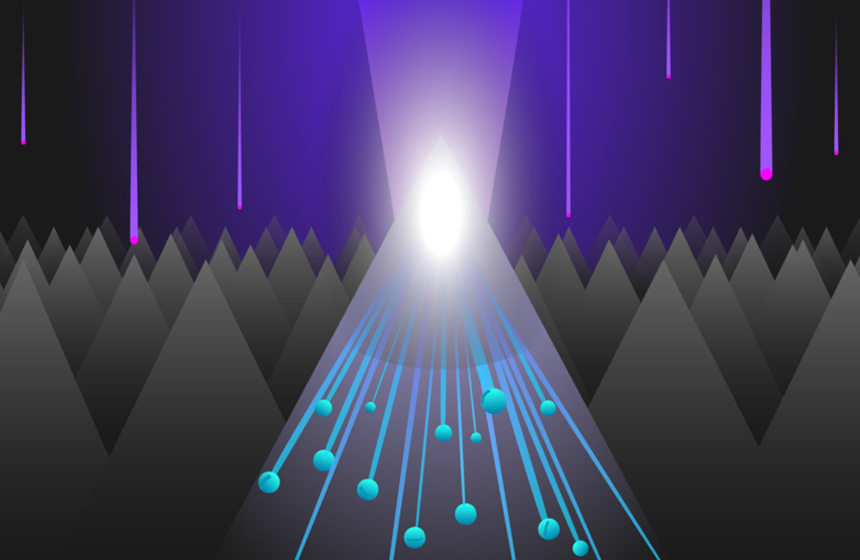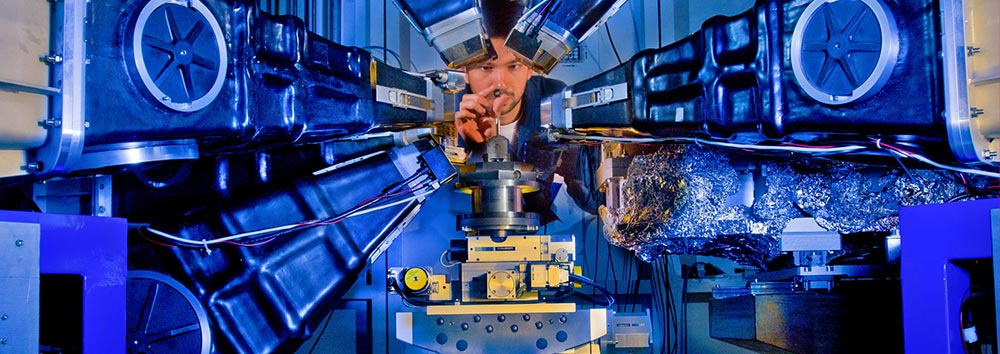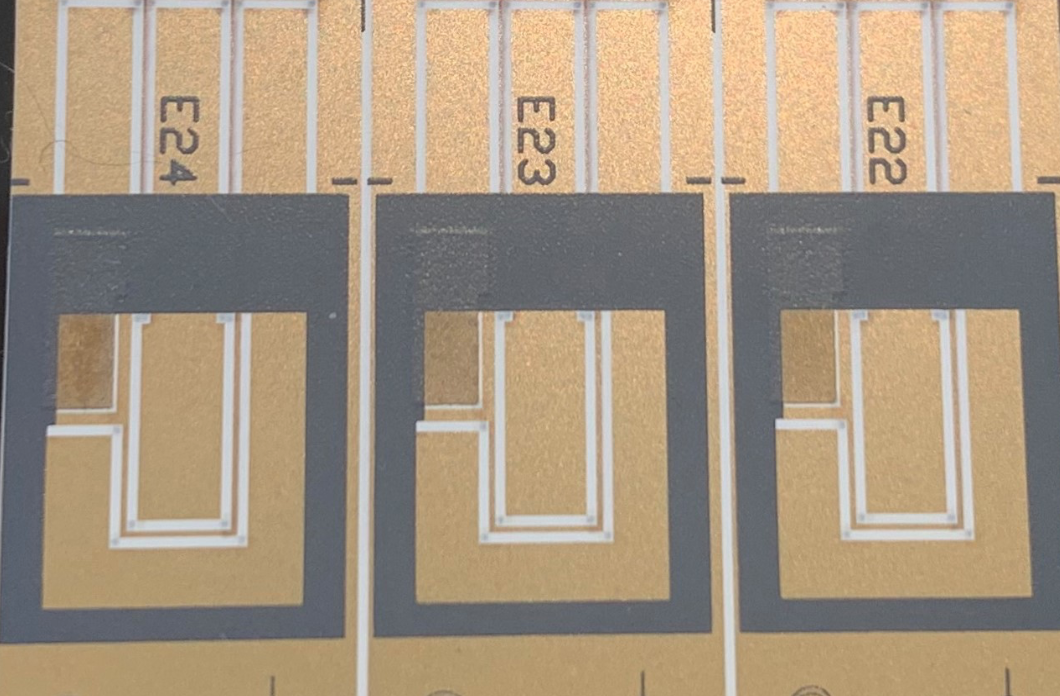UV-light triggers electron multiplication in nanostructures (Figure: Wisa Förbom/Aalto University)
Aalto University researchers in the ATTRACT project SUGER have set a world record by developing a single photodiode that is the first to exceed the 100% quantum efficiency limit. The finding, soon to be published in Physical Review Letters, has been possible thanks to seed funding from the European Union’s ATTRACT initiative for the project entitled Superior γ detection and IR imaging via ALD-passivated germanium nanostructures (SUGER). ATTRACT sat down with researchers from the SUGER project to delve into their discovery.
ATTRACT: You’ve set a new world record by developing a black silicon photodetector that exceeds 130% efficiency. How is that even possible?
The external quantum efficiency of a device is 100% when one incoming photon generates one electron in the external circuit. Ultraviolet photons have so much energy that they can generate more than one electron. However, it is not self-evident that this happens because light must be efficiently absorbed in the material and electrical losses must be extremely low. Both of these requirements are fulfilled in our black silicon photodetector.
“The performance of any light-detecting device can be drastically improved by using this technology”
What does this efficiency mean in practice?
This record-breaking efficiency means that our detector can detect smaller amounts of light than any other photodetector and generate a stronger signal when hit by light. The performance of any light-detecting device can be drastically improved by using this technology.
What is the secret behind this breakthrough?
The secret behind this exceptionally high performance lies in its unique nanostructure – which absorbs all the light and eliminates optical losses. Furthermore, we use a method with very little electrical loss to collect the light signal. As a result, we utilise high energy ultraviolet photons very efficiently. This has not been previously possible in devices due to electrical and optical losses.
“Improved detector sensitivity increases the chances of finding a disease at a very early stage”
How would you explain the potential implications of this breakthrough to a non-scientific audience?
Improved detector sensitivity makes it easier to detect smaller cancer tumours and so improves the chances of finding a disease at a very early stage. Improved performance also enables less energy consumption in hand-held devices, meaning longer battery life in mobile phones or activity-tracking bracelets. Enhanced sensitivity enables scientists to see beyond current detection limits and make new discoveries.
What are the potential applications of this discovery?
Light detection is widely used in our everyday lives, for example, in cars, mobile phones, smartwatches, and medical devices. Photodetectors also have many industrial applications, for instance, in process monitoring and biotechnology.
How has the ATTRACT project helped you achieve this breakthrough?
The ATTRACT programme has encouraged us to search for new technical innovations with high breakthrough potential. The programme also encourages us to focus on technologies that can be quickly marketed.
UV-light triggers electron multiplication in nanostructures (Figure: Wisa Förbom/Aalto University) Aalto University researchers in the ATTRACT project SUGER have set a world record by developing a single photodiode that is the first to exceed the 100% quantum efficiency limit. The finding, soon to be published in Physical Review Letters, has been possible thanks to seed funding […]



